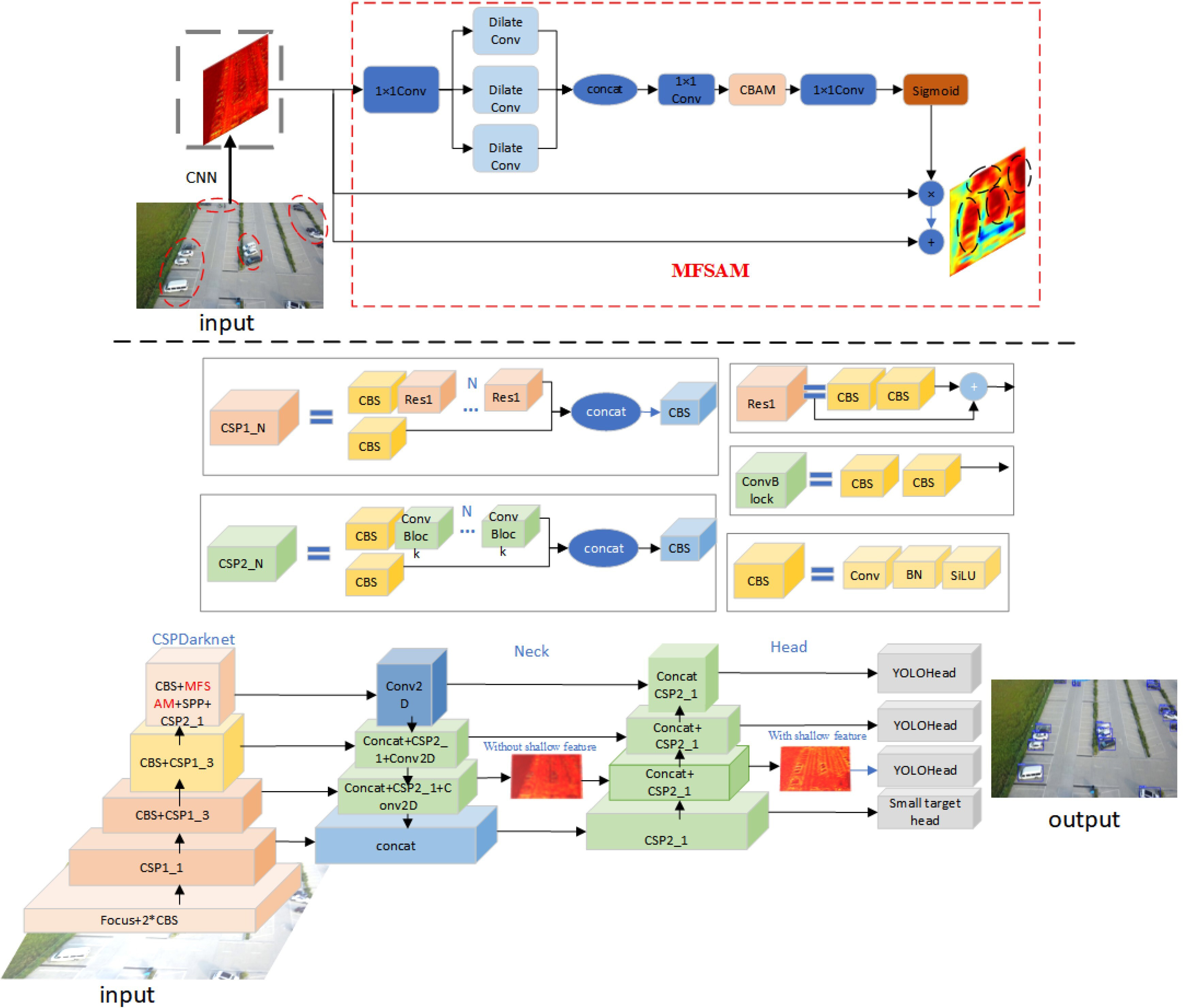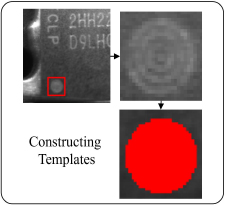
Unmanned aerial vehicles (UAV) are extensively utilized in various applications due to their compact size and flexibility. However, the detection task in UAV images faces significant challenges stemming from the abundance of small targets and the wide range of target sizes. To address this issue, we propose an object detection method specifically designed for UAV images, incorporating two enhancements to the strong baseline model YOLOX, which excels at detecting small and multi-scale targets. First, we introduce a high-resolution feature map to preserve detailed information crucial for small targets. We then introduce an attention mechanism to guide the model to focus more on small targets in high-dimensional features. Experimental results on the VisDrone-VID2019 dataset confirm the effectiveness and superiority of our proposed method.

To address the challenges in chip logo detection, such as the small size of the logos making them difficult to be detected accurately and the slow convergence speed of traditional models, we propose a real-time detection algorithm for small objects, called small-DETR. First, to reduce production costs and enhance efficiency, we employ a semi-automated data annotation method based on template matching instead of traditional manual annotation, generating label files for model training and testing. Subsequently, building upon the RT-DETR algorithm, we enhance the feature fusion module in cross-scale feature fusion module (CCFM) using semantics and details injection (SDI) module from U-Net v2. This improvement aims to retain detailed image information, accurately capturing edges, textures, and subtle variations within the marks. Lastly, employing FasterNet as the backbone network for the detection model, we optimize the existing network structure using partial convolution (PConv) to reduce redundant computations and improve convergence speed. Experimental results demonstrate that small-DETR model achieves satisfactory convergence in just 200 cycles, with a detection precision of 91.8% and a loss value of 6.1%. Compared to other models, small-DETR exhibits outstanding performance within shorter training periods, providing robust support for real-time chip pin mark detection in industrial contexts.